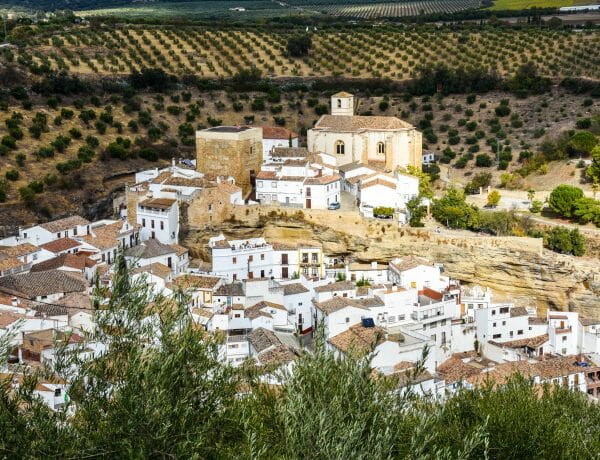

“Costa Rica is more than a vacation destination; it is an interactive sensory experience”
anywherecostrarica.com

Top Six Destinations In Costa Rica
- Arenal Volcano and La Fortuna The Arenal Volcano is one of Costa Rica’s most iconic and active volcanoes, renowned for its dramatic landscapes and the opportunity it provides for exhilarating hikes. The area surrounding the volcano is also famous for its natural hot springs, where visitors can enjoy a relaxing soak while taking in breathtaking views of the volcano’s peak. Additionally, La Fortuna is a hub for adventure enthusiasts, offering activities such as zip-lining through the forest canopy, rappelling down waterfalls, and white-water rafting on the nearby rivers.
- Monteverde Cloud Forest is celebrated for its unique and diverse ecosystem, which includes rare species of plants and animals that thrive in the misty, high-altitude environment. Visitors can experience the cloud forest from a different perspective by walking along suspension bridges that span the treetops, providing stunning views of the dense forest below. Birdwatchers will find the region particularly appealing, as it is a prime location to spot elusive and colorful species like the resplendent quetzal.
- Manuel Antonio National Park offers some of Costa Rica’s most picturesque and accessible beaches, ideal for relaxing and swimming in crystal-clear waters. The park is also known for its rich wildlife, including capuchin monkeys, sloths, and toucans, which can be spotted along its well-maintained hiking trails. These trails take visitors through a variety of ecosystems, from lush rainforests to sun-drenched coastal areas, enhancing the overall experience of exploring this beautiful park.
- Tamarindo is a prime destination for surfers, known for its excellent wave conditions that cater to both beginners and seasoned surfers. Beyond surfing, Tamarindo boasts a vibrant nightlife with an array of bars, restaurants, and shops that create a lively and engaging atmosphere. The town has a strong commitment to eco-tourism, with nearby estuaries and national parks offering wildlife tours, including opportunities to see crocodiles and a variety of bird species.
- Puerto Viejo de Talamanca stands out for its distinct Afro-Caribbean culture, which is reflected in its cuisine, music, and overall atmosphere. The area features some of the most beautiful and less crowded beaches in Costa Rica, such as Playa Cocles and Playa Chiquita, perfect for sunbathing and swimming. Nearby Cahuita National Park offers excellent snorkeling opportunities and a chance to see diverse marine life and the park’s rich wildlife.
- San José, Costa Rica’s capital, serves as a cultural hub with a wealth of museums, theaters, and historic buildings. Highlights include the National Museum and the Pre-Columbian Gold Museum, which offer insights into the country’s history and heritage. The city’s bustling Mercado Central provides an authentic Costa Rican experience with local crafts and foods. San José’s central location makes it a convenient base for exploring nearby attractions, such as the Poás Volcano and the coffee-growing region of the Central Valley.
Did you know?
Country Stats
- Population: Approximately 5.3 million people (as of 2024).
- Area: About 51,100 square kilometers (19,730 square miles).
- Capital City: San José.
- Official Language: Spanish.
- Currency: Costa Rican Colón (CRC).
- U.S. State Department Risk Level: One Exercise Normal Precautions
- GDP: Around $73 billion USD (nominal, 2024 estimate).
- GDP per Capita: Approximately $13,700 USD (2024 estimate).
- Literacy Rate: Approximately 97% (one of the highest in Latin America).
- Life Expectancy: Around 80 years.
- Human Development Index (HDI): 0.827 (very high, 2021).
- Unemployment Rate: About 11% (2024 estimate).
- Electricity Generation: Over 99% of electricity comes from renewable sources (hydro, wind, solar).
- Tourism: Tourism contributes around 8.2% to the GDP.
- Protected Areas: Approximately 25% of the country is designated as protected areas or national parks.
- Biodiversity: Costa Rica contains around 5% of the world’s biodiversity despite its small size.
- National Parks: Over 30 national parks and numerous reserves.
- Volcanoes: There are over 60 volcanoes, with Arenal, Poás, and Irazú being among the most notable.
- Average Temperature: Ranges from 15°C to 27°C (59°F to 81°F) depending on altitude and region.
- Rainfall: Average annual rainfall is about 2,500 mm (98 inches) in the coastal areas and less in the interior.
- Highways: There are approximately 42,000 kilometers (26,000 miles) of roads, about 2,000 kilometers (1,240 miles) of which are paved.
- Agriculture: Major exports include coffee, bananas, pineapples, and sugar.
- Education: Primary education is compulsory and free, with a high rate of enrollment.
- Healthcare: Costa Rica has a universal healthcare system with high-quality healthcare services.
- Internet Access: Approximately 70% of the population has access to the Internet.
- Environmental Initiatives: Costa Rica aims to be the first country to fully decarbonize by 2050.
- Imports: machinery and equipment which are essential for its industrial and technological sectors. The country also imports petroleum products to meet its energy needs,
- Exports: Electronics, precision instruments, agricultural products, manufactured goods.
- Reading level: 97%
- Life Expectancy: 80
Fun Facts
- Pura Vida: The phrase “Pura Vida,” which means “pure life” or “simple life,” is a common expression in Costa Rica, reflecting the nation’s relaxed and positive attitude towards life.
- No Standing Army: Costa Rica abolished its military in 1949 and has since relied on a strong police force for national security, focusing resources on education and healthcare.
- Biodiversity Hotspot: Despite its small size, Costa Rica is home to nearly 5% of the world’s biodiversity, including thousands of plant and animal species.
- World’s Greenest Country: Costa Rica has a strong reputation for its impactful environmental efforts and aims to become the world’s first carbon-neutral country by 2050.
- Longest-Running Democracy: Costa Rica has a long history of stable democracy in Central America, having held regular democratic elections since its independence.
- Coffee Lover’s Paradise: Coffee is a major part of Costa Rican culture, and the country is known for producing high-quality beans.
- Rainforest Rhapsody: Over 25% of Costa Rica’s land area is protected as national parks or wildlife reserves, including large swaths of rainforest.
- Blue Zones: The Nicoya Peninsula in Costa Rica is one of the world’s five “Blue Zones,” areas known for having a high number of centenarians due to their healthy lifestyles.
- Rich in Volcanoes: Costa Rica has more than 60 volcanoes, with Arenal, Poás, and Irazú being some of the most famous and active.
- Biodiverse Birds: The country is a paradise for birdwatchers, boasting over 900 bird species, including the resplendent quetzal.
- World’s Largest Butterfly Garden: The Butterfly Garden in the Monteverde Cloud Forest is one of the largest in the world and showcases numerous butterfly species.
- Top Surfing Spot: Costa Rica is famous for its world-class surfing spots, with popular beaches like Tamarindo and Jaco attracting surfers from around the globe.
- Educational Achievements: Costa Rica has a high literacy rate of around 97% and places significant emphasis on education, offering free primary and secondary schooling.
- Diverse Ecosystems: The country features diverse ecosystems, from tropical rainforests and cloud forests to dry tropical forests and mangroves.
- Traditional Festivities: Costa Rica celebrates a range of vibrant festivals and traditions, including the colorful Fiesta de los Diablitos and the lively annual Costa Rica Jazz Festival.
Costa Rica Map
Good to know before you go
- In Costa Rica, tipping is generally appreciated but not always expected. Many restaurants include a 10% service charge on the bill, so additional tipping is not necessary unless the service exceeds expectations or the charge is not included. For other services, such as taxi rides or hotel staff, rounding up the bill or giving a small amount (around 5-10%) is a kind gesture but not obligatory. Tipping is more common in tourist areas where service personnel receive it often. Overall, while tipping is appreciated, it is not as strongly ingrained in Costa Rican culture as in some other countries.
- The traditional dress is vibrant and reflective of the country’s rich cultural heritage. Women typically wear brightly colored skirts with ruffled hems, often adorned with floral patterns, paired with white blouses that feature lace and embroidered details. Men traditionally wear white cotton shirts, loose trousers, and a colorful sash. These outfits are common during festivals and cultural celebrations, highlighting the country’s appreciation for its history and traditions. In everyday life, however, Costa Ricans generally wear modern, casual clothing suitable for the warm climate.
- Driving in Costa Rica can be an adventurous experience due to its diverse terrain and varying road conditions. Major highways are generally in good condition, but rural and mountainous areas often have narrow, winding roads that can be challenging to navigate, especially during the rainy season when they may become muddy and slippery. Traffic in urban areas, particularly in the capital city of San José, can be congested, with aggressive driving habits common among locals. Signage may be sparse or unclear in some regions, so having a GPS or a good map is essential. Despite these challenges, driving offers the flexibility to explore the country’s stunning landscapes and remote destinations at your own pace.
- Costa Rica is renowned for its strong environmental beliefs and commitment to sustainability, and it is often regarded as a global leader in conservation. The country has made significant strides in protecting its rich biodiversity. Approximately 25% of its land is designated as protected areas, including national parks and wildlife reserves. Costa Rica has ambitious goals for renewable energy, with a significant portion of its electricity generated from hydroelectric, wind, and solar power. The government and local communities actively promote eco-friendly practices, such as reforestation, wildlife protection, and sustainable tourism, aiming to preserve the natural beauty and ecological health of the country for future generations. This dedication to environmental stewardship is deeply part of the Costa Rican culture and policy.
- The quality of life in Costa Rica is considered high. This is largely due to the country’s stable democracy, relatively low crime rates, and emphasis on environmental sustainability. Costa Ricans, known as Ticos, enjoy a public healthcare system that provides comprehensive medical services and has a life expectancy comparable to that of developed nations. The country’s focus on education has resulted in a high literacy rate and accessible educational opportunities. Costa Rica’s “pura vida” lifestyle emphasizes relaxation, community, and a positive outlook on life, contributing to the overall well-being and happiness of its residents. While there are disparities in wealth and access to resources, the general standard of living is bolstered by the country’s natural beauty, pleasant climate, and strong sense of community.
- The concept of “pura vida,” which translates to “pure life,” is a cornerstone of Costa Rican culture. The phrase symbolizes a laid-back, optimistic approach to life and is often used as a greeting or farewell.
- Ticos place a strong emphasis on family and community, with extended families often living close together and gathering frequently for meals and celebrations.
- Hospitality is highly valued, and visitors are often warmly welcomed into homes.
- Andorra’s cultural traditions are deeply rooted in its history as a mountainous principality with a blend of Catalan and French influences.
- One of the prominent cultural events is the “Diada de Sant Jordi,” or Saint George’s Day, celebrated on April 23rd with festivities, including book fairs and the exchange of roses and books as gifts. The country also celebrates traditional folk festivals such as “Escudella,” a hearty Catalan stew typically enjoyed during winter, and “The Dance of the Bears,” which involves performers dressed as bears dancing through the streets during winter celebrations.
- Traditional festivities, such as the annual Día de los Muertos (Day of the Dead) and fiestas patronales (patron saint festivals), feature vibrant parades, music, dancing, and local cuisine.
- Costa Rican cuisine is characterized by its simplicity, freshness, and reliance on locally sourced ingredients. The most common foods include “gallo pinto,” a traditional breakfast dish made of rice and beans mixed with spices and often served with eggs and tortillas. For lunch, “casado” is a popular choice, featuring rice, beans, plantains, salad, and a protein such as chicken, beef, pork, or fish. Fresh fruits like mangoes, pineapples, and papayas are widely enjoyed, as well as “ceviche,” a marinated seafood dish typically made with fish or shrimp. Costa Ricans also enjoy hearty soups such as “olla de carne,” a beef and vegetable stew. Coffee, a key export, is a staple in daily life, often enjoyed with “pan dulce” (sweet bread) for a snack.
- Dining etiquette in Costa Rica emphasizes politeness, community, and respect for local customs. When invited to a Costa Rican home, it is courteous to bring a small gift, such as flowers or dessert, for the host. Punctuality is flexible, but it is generally polite to arrive within 15-30 minutes of the stated time. Before starting a meal, it is customary to say “buen provecho,” which is equivalent to “enjoy your meal.” Meals are often leisurely, with an emphasis on conversation and socializing. It is polite to wait for the host to start eating before beginning your meal. Avoid resting your elbows on the table, but keeping your hands visible is considered polite.
- When toasting in Costa Rica, it is customary to raise your glass and make eye contact with everyone present while offering a toast, commonly saying “Salud,” which means “to your health.”
- Greeting people in Costa Rica is typically warm and friendly, reflecting the country’s emphasis on social harmony and personal connection. A common greeting among friends and acquaintances is a light kiss on the right cheek for women, while men often greet each other with a firm handshake or a casual pat on the back. When meeting someone for the first time or in a more formal setting, a handshake is appropriate, accompanied by direct eye contact and a friendly smile. Additionally, using formal titles such as “Señor” (Mr.), “Señora” (Mrs.), or “Señorita” (Miss) followed by the person’s last name shows respect.
- The country has a strong commitment to education, reflected in its high literacy rates and widespread access to schooling. The Costa Rican government allocates a significant portion of its budget to education, ensuring free and mandatory education for children up to the age of 18. Costa Rica’s focus on education has contributed to its social and economic development, fostering a well-informed and skilled population.
- Costa Rica’s political landscape is characterized by its stable and democratic system. The country operates as a democratic republic with a strong tradition of political stability and a commitment to democratic principles.
- Yes, it is customary to bring a small gift when visiting someone’s home in Costa Rica. This gesture shows appreciation and respect for the host. Common gifts include flowers, dessert, or a bottle of wine.
- It is a safe country.
Costa Rica Essential Info
U.S. Consular Emergency
The 24-hour number from a U.S. Phone is 1-888-407-4747
Outside of U.S. 011-202-501-4444
The U.S. Embassy San Jose
Address: Calle 98 Vía 104, Pavas
San José, Costa Rica
Phone: (506) 2519-2000
Fax: (506) 2519-2305
Emergency: +5062220-3127
Email: ACSSan.Jose@state.gov
Website: https://cr.embassy.gov
Emergency Numbers
GENERAL 911
Country Code
+506
Time Zone
UTC-06:00
Adaptors for Costa Rica
Types A and B are the same as in the U.S.
Driving
Right side
Official Costa Rica Tourism Website
When to go to Costa Rica
The best time to visit Costa Rica largely depends on what you want to experience, as the country has distinct seasons and diverse climates:
- Dry Season (December to April): This is considered the peak tourist season due to the sunny, dry weather, especially in the Pacific Coast and Central Valley. It’s ideal for beach vacations, exploring national parks, and outdoor activities. However, prices can be higher, and popular spots may be crowded.
- Green Season (May to November): This period is characterized by more rainfall, particularly in the afternoons. The rainforests are lush, and the landscape is vibrant, making it a great time to experience natural beauty and wildlife. This season offers fewer crowds and lower prices, but it’s essential to be prepared for wet weather. The summers do get very hot.
- Shoulder Seasons (late April, early May, and late November): These transitional periods can be excellent times to visit, offering favorable weather and fewer tourists. Prices are typically lower than during the peak season.
The dry season is ideal if you prefer dry and sunny weather, while the green season offers lush landscapes and fewer crowds.
Our Favorite Resources
This resource section contains some Amazon affiliate links. If you use these links to buy something, we may earn a small commission at no additional cost to you. Thank you!
Travel Books/Guides
Moon Costa Rica: Best Beaches, Wildlife-Watching, Outdoor Adventures (Travel Guide) We are huge fans of the Moon Guides. They offer flexible and strategic itineraries for many areas in Costa Rica. The author provides great insight so you can explore like an insider. Full-color photos with detailed maps throughout. With Moon’s practical tips and local know-how, you can experience Costa Rica your way. Click here to purchase.
Our favorite websites
1. Official Costa Rica Tourism Office
2. U.S. Department of State: Bureau of Consular Affairs Costa Rica Country Info
We cannot encourage you enough to visit this website as you plan and prepare for your trip. The U.S. Federal Government addresses the safety, security, travel risk, entry, exit, visa documents mandates, emergency U.S. and Embassy contacts, health, local laws, exceptional circumstances, threats, traveler vulnerabilities, government warnings, and transportation in Costa Rica. This is your best and most reliable resource for all this critical info. Check back often before you go, as things can change quickly. Being prepared is essential in all travel, but especially internationally.
3. The Center for Disease Control and Prevention (CDC) Costa Rica Travelers Health Resource
This CDC travel resource provides essential health info for your specific destination. Using their tool, you can determine which vaccines, medications, and health advice recommendations are needed for Andorra.
Our favorite apps
Google Maps: The app instantly displays all your travel options, restaurants, activities, and accommodations when you enter any address, landmark, or city. We have come to rely on it when using public transportation; it has been flawless in getting us on the right bus or metro. Find it on your App Store.
Duolingo-Language Lesson: Audio lessons that help improve your listening and speaking skills. Find it on your local App Store. The primary language in Costa Rica is Spanish.
Google Translate: We use this often to practice proper pronunciations of any language we encounter while traveling. As we always encourage, it is essential to learn the basics of greeting and thanking people in the local language. Google Translate was an easy app to use. If needed, you can enter text in English, and it will speak back in the language you need to aid in communicating with locals.
Do you have a favorite Costa Rica travel resource? Share your favorites in the comments section at the bottom of this page or
Flights, Accommodations, and Everything You Need to Book in One Place
Are you planning a vacation this year? Start your research early to explore your options and find what fits your budget. By booking your own travel, you’ll uncover great deals and have complete control over your itinerary. The links below can be used for all elements of your trip, not just accommodations.
It is essential to price out accommodations on various sites. Expedia is a US-based company, whereas Booking.com is Europe-based. Not all properties appear on both, so it is ideal to check both out. Our personal first choice is Booking.com. If the establishment has a website, check the price there as well. Click the link below to check out hotels and vacation homes in the area. It may be just the motivation you need to start planning that next grand adventure.
© 2025 Wanderers Compass All Rights Reserved
Our Costa Rica Photo Gallery





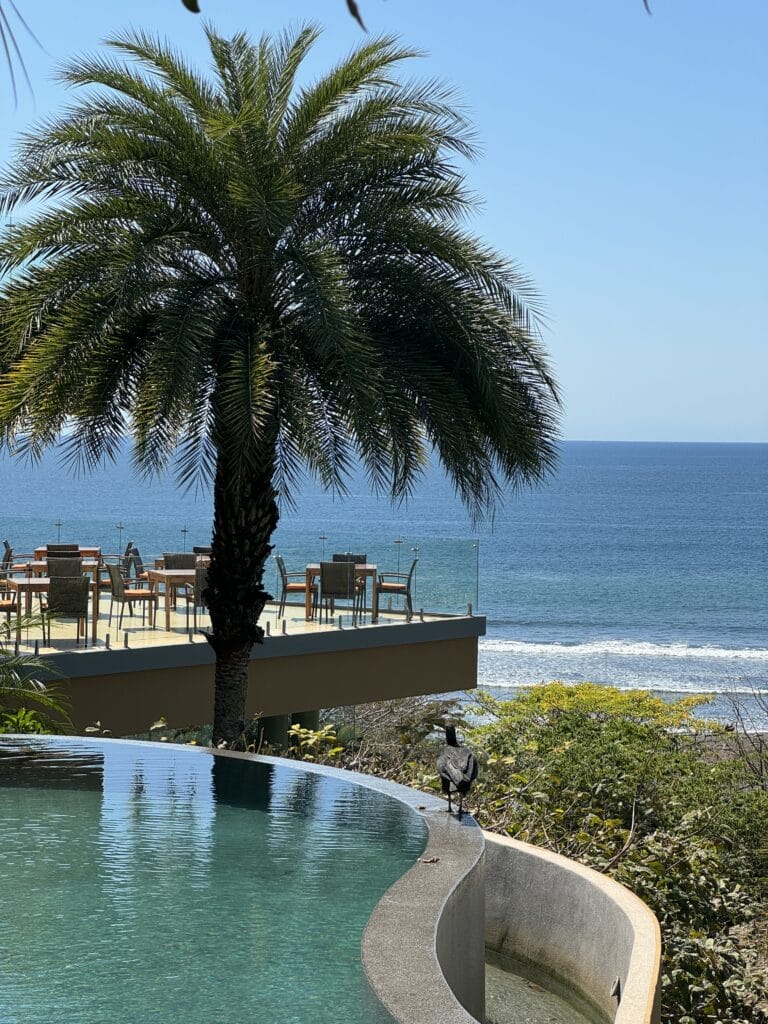










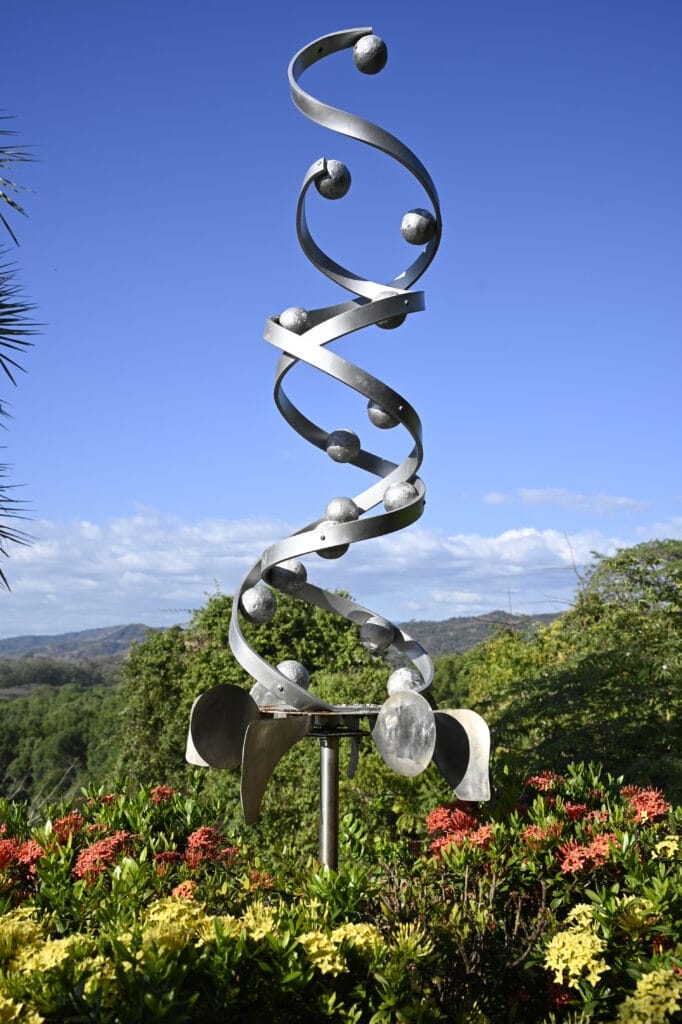
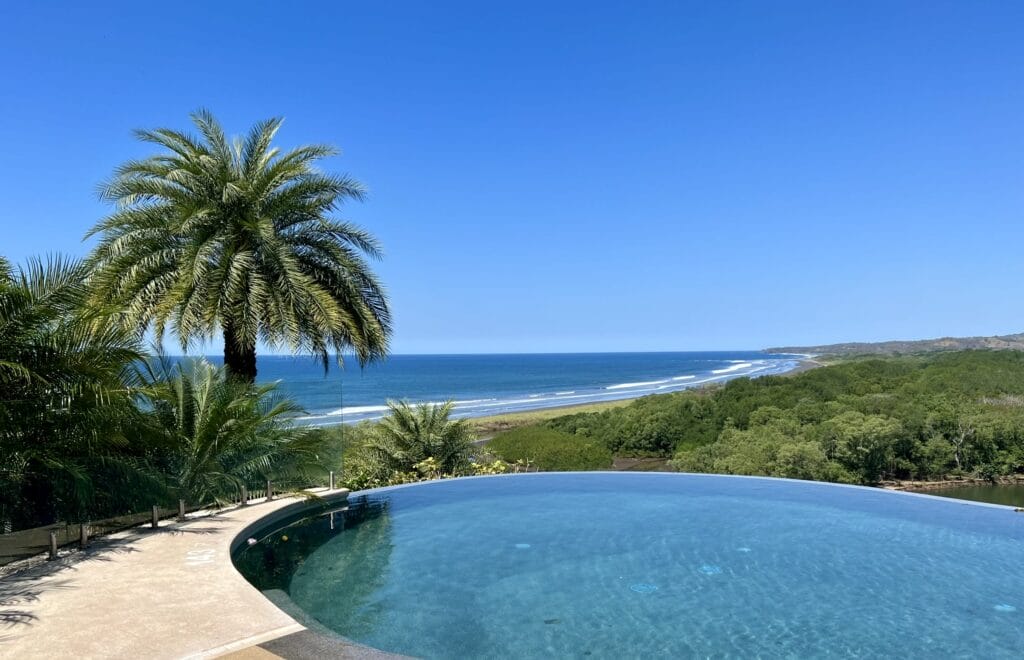
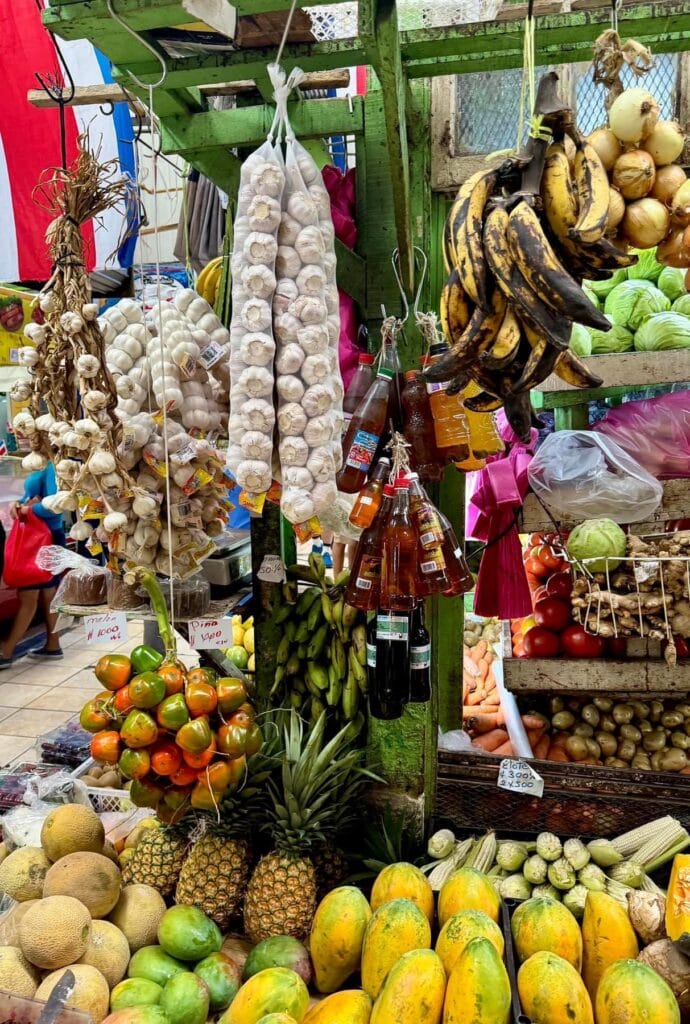







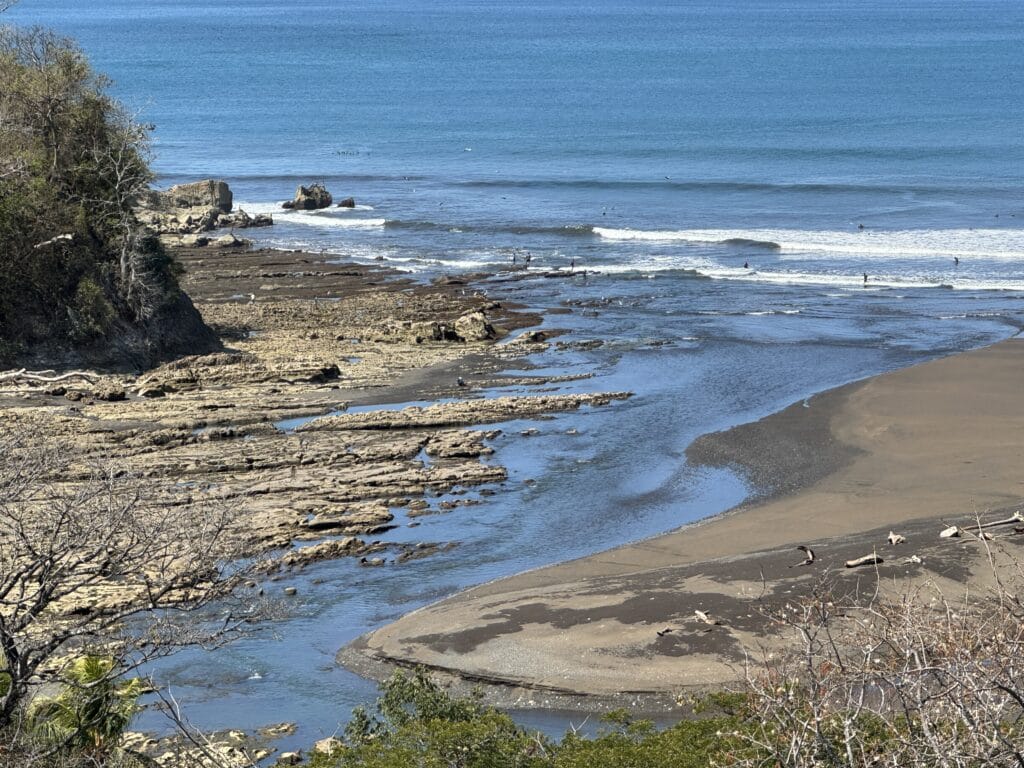

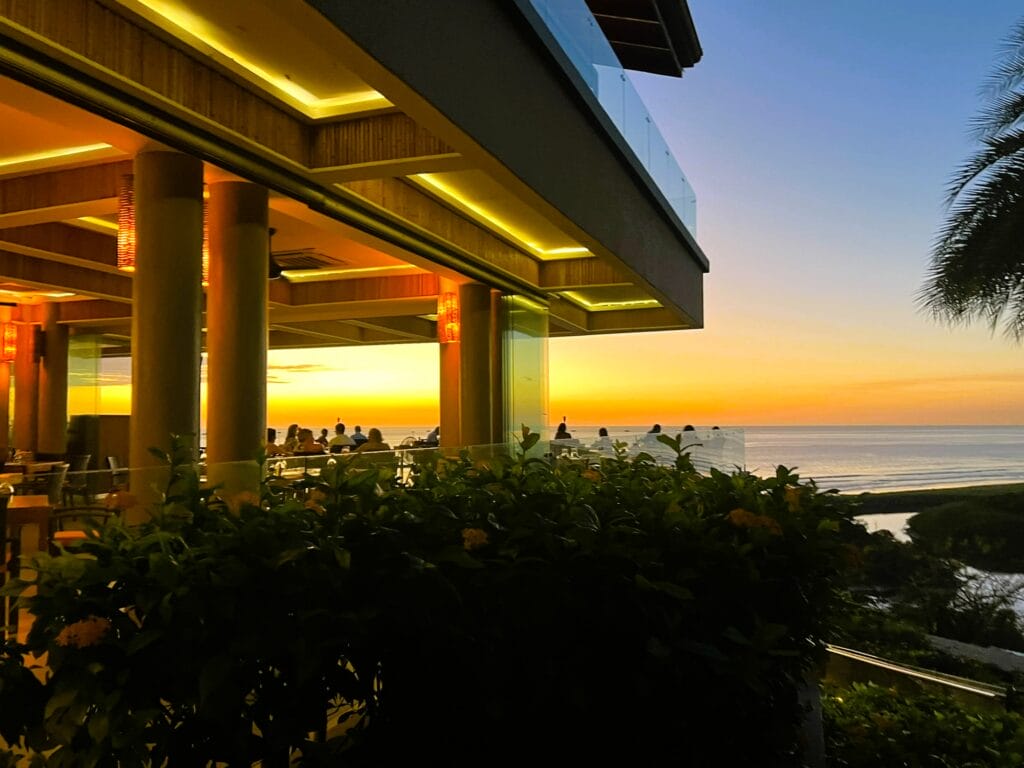







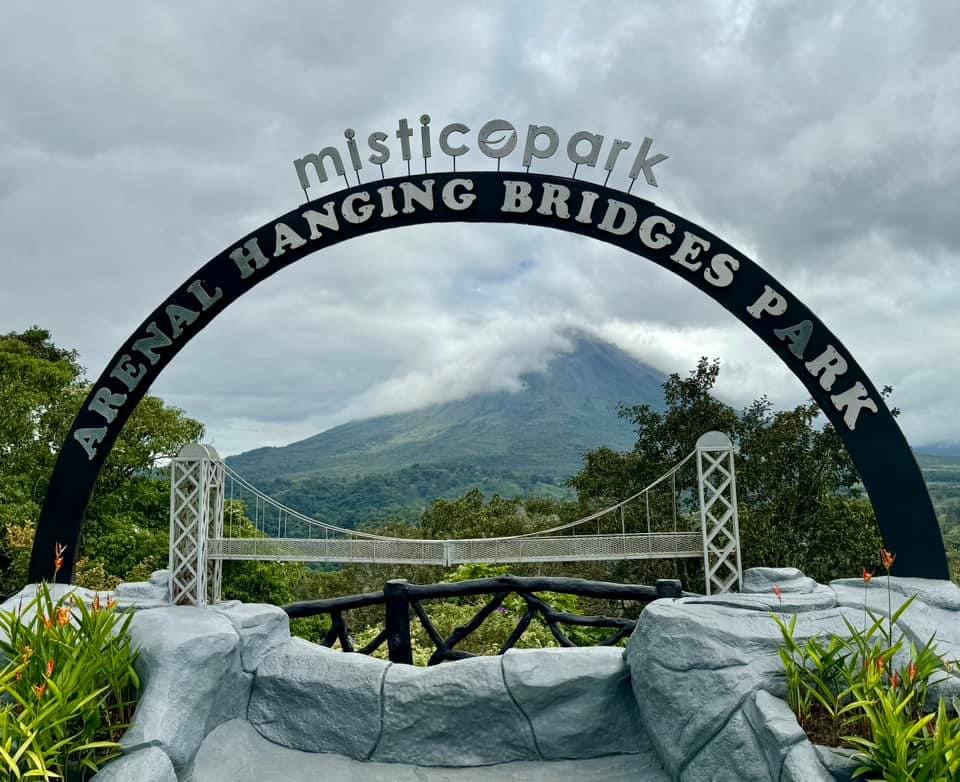




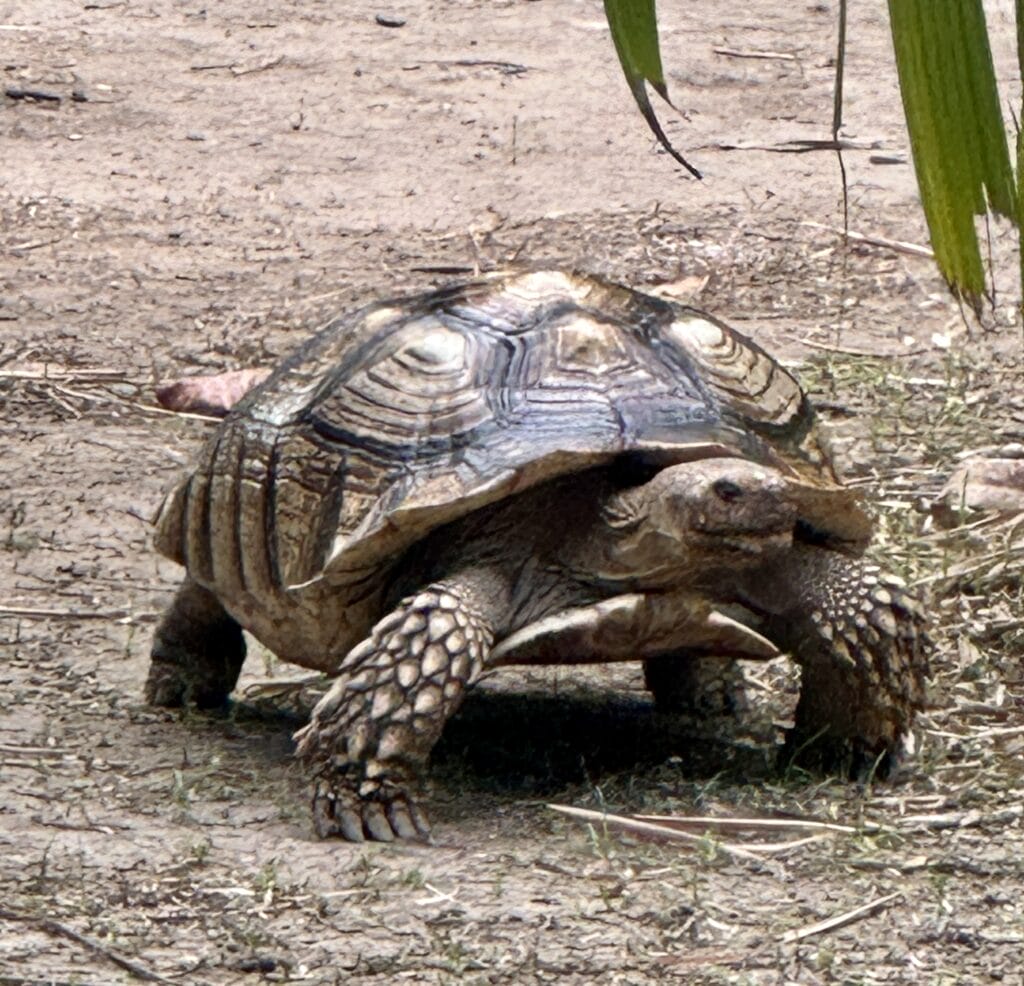



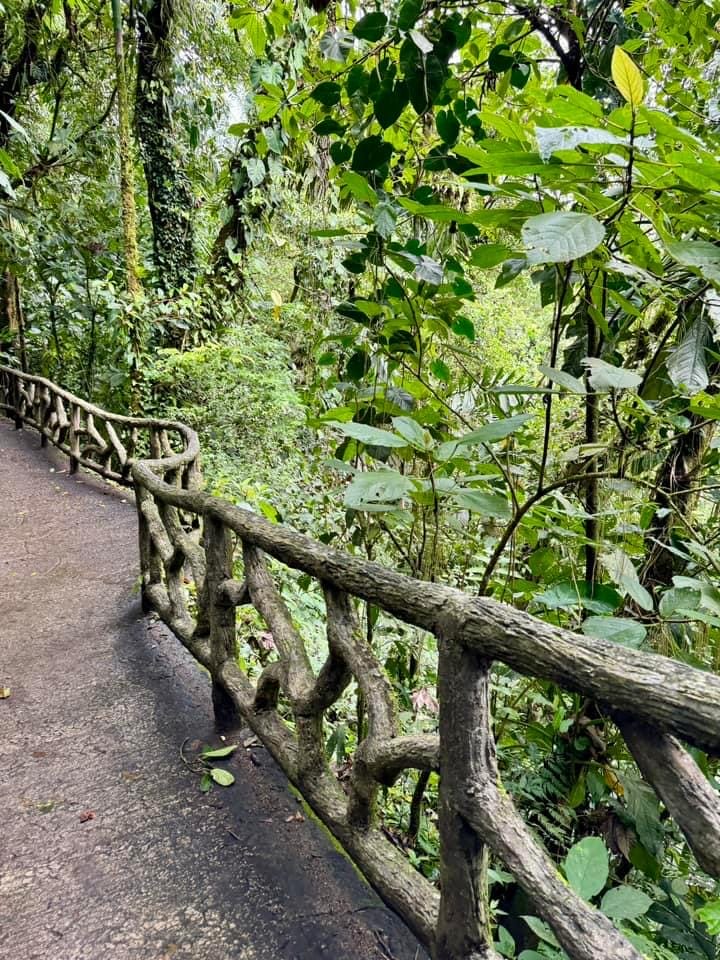







Our Top Recommended Travel Products
Travel Insurance
Squaremouth.com
Our favorite travel insurance site!
We strongly advocate for comprehensive travel insurance, not only for minor inconveniences but also for major, unexpected events like medical emergencies. We never leave home without it. Our go-to resource is Squaremouth.com. which offers a user-friendly platform that connects you with top-rated, reputable insurance carriers. Plus, they’ll mediate on your behalf if you run into any issues.
To empower you as a consumer, we recommend you read our blog post on why travel insurance is essential and how to secure the best coverage from leading companies at an affordable price.
MedjetAssist
Medical transport back home from anywhere in the world
Medjet is a leading provider of global air medical transport. Unlike traditional travel insurance, which typically covers medical evacuation to the nearest facility, Medjet goes further by ensuring you’re transported back to the U.S. to the hospital of your choice once you’re stable enough to fly. Medjet offers membership plans that focus on medical transport, while Medjet Horizon provides expanded coverage for broader protection. Individual trip policies start at just $99, and annual policies are available for around $300. Most policies have an age limit of 74.
To learn more about how Medical Evacuation membership with Medjet Assist works, check out our blog post for a more detailed review.
Accommodations and Airfare
Booking.com
Hotels, Home rentals, BNBs, Flights, and other Transportation & Tours
Booking.com connects millions of travelers to unforgettable experiences, a wide range of transportation options, and incredible places to stay—from homes to hotels and beyond. As one of the world’s largest travel marketplaces, it supports well-known brands and entrepreneurs of all sizes. For its convenience, variety, and reliability, it’s our preferred booking platform.
Transportation
Expedia and VRBO
Hotels, home rentals, BNBs, flights, and other transportation & tours
Expedia is a U.S.-based company with a mission to make global travel accessible to everyone, everywhere. At Wanderers Compass, we embrace independent travel, and platforms like Expedia are essential to making that a reality. Expedia allows you to book every aspect of your trip—from flights and accommodations to rental cars, cruises, and activities—making it a one-stop shop for all your travel needs.
Daytrip
Personalized city-to-city private car transfer service
Daytrip provides an affordable private car service for city-to-city transfers worldwide, and we absolutely love their service. It’s a cost-effective alternative to renting a car, providing comfortable, stress-free travel with the bonus of scenic stops along the way. For example, we used Daytrip for travel between Budapest and Vienna, enjoying some fantastic detours to local attractions. With professional drivers and customizable routes, Daytrip ensures a smooth ride while allowing you to explore hidden gems and unique sights along your journey.
To learn more about how Daytrip, check out our blog post for a more detailed review.
Travel Experiences
Viator
The leading marketplace for travel experiences
Viator believes that travel is all about creating unforgettable memories. With over 300,000 experiences to choose from—ranging from simple tours to extreme adventures, plus a wide array of unique, niche activities—it’s never been easier to make lasting memories. We frequently use Viator during our travels and especially appreciate their flexible cancellation policy, which adds peace of mind to every booking.
Communication products for seamless connectivity overseas
GigSky International eSIM Data Plans
Local Prices. No Roaming. Fastest Networks.
GigSky eSIM effortlessly connects travelers around the globe, eliminating the need to swap physical SIM cards or deal with surprise roaming charges. With affordable data plans and instant activation, you can enjoy reliable internet access in over 190 countries, making your travel experience more convenient than ever. Plus, they offer a fantastic deal: a free 100 MB data plan with no credit card required. They are so confident that you will love their service!
Enjoy 10% off all GigSky Plans (except cruise and inflight) with our discount code WCOMPASS10.
To learn more about how GigSky works, check out our blog post for a more detailed review.
Shopping
Wanderers Compass Amazon Storefront
An excellent source for all travel essentials and guides that we have vetted ourselves
Amazon is one of the world’s most comprehensive online shopping platforms, offering lower prices, a wide selection, and fast delivery through teams worldwide.
This page contains affiliate links. When you purchase through these links, we may earn a small commission at no extra cost to you. Thank you for your ongoing support!











